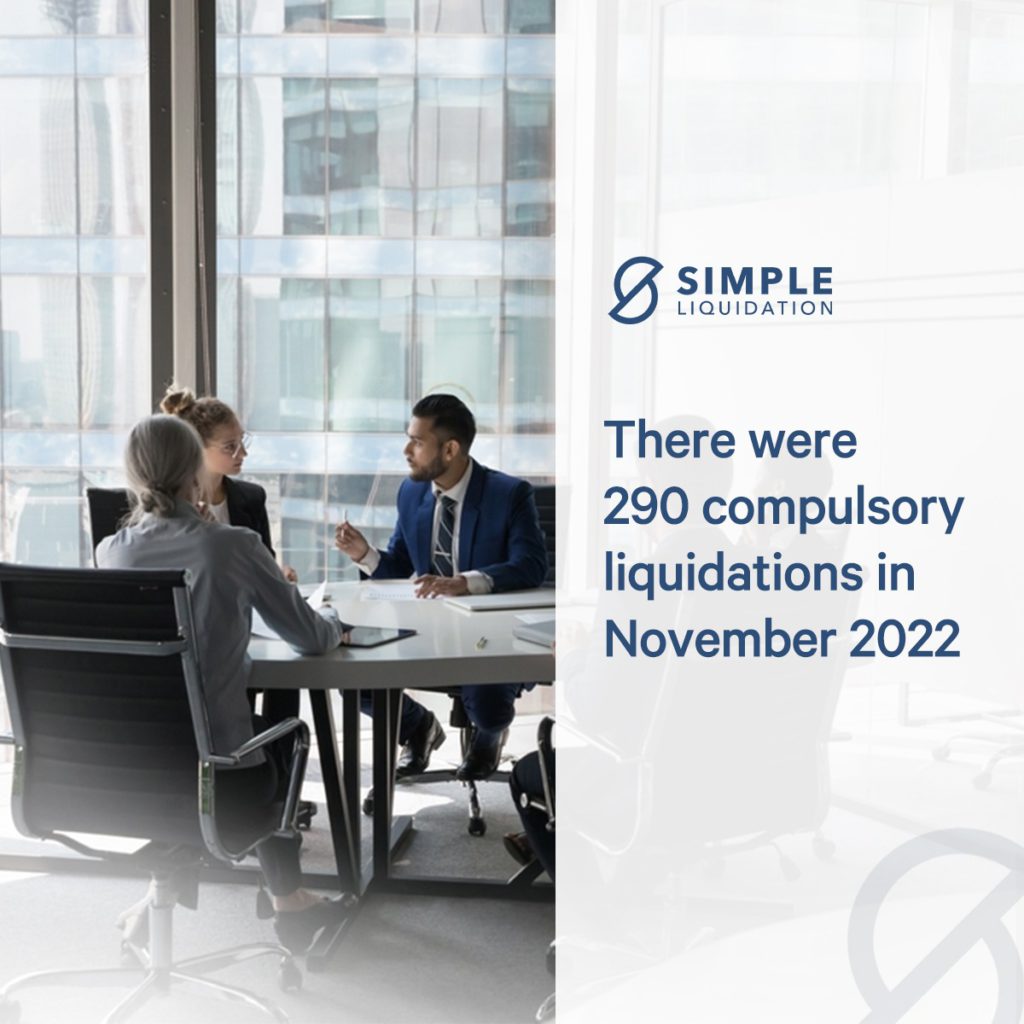Navigating the economy as a business has always been challenging. This is because there are always issues beyond an organisation’s control that can affect how consumers engage with them and the value of the products and services they sell. This has always been the case, but it hit unprecedented heights in 2020 as the coronavirus took hold and completely shook up the entire world, subsequently shaking up its economy in the process.
When the pandemic started, businesses were forced to close their doors and, where possible, adapt to working from home. It meant fewer people were going out and were more hesitant to spend money, meaning a large number of organisations across the country took in a lot less income than they managed in previous years.
As such, the government was not simply willing to stand by and let these businesses shut down. Instead, action was taken, and different measures were put in place that meant businesses were given a bit of breathing room and had the opportunity to navigate through the unprecedented circumstances they found themselves in. Whilst this worked well at the time, in 2022, as restrictions and measures came to an end, there have been a record number of voluntary liquidations as a result. The reasons for this will all be explained in more detail below.
What Government Measures Were Implemented?
When the pandemic began, the government introduced several different measures within the Corporate Insolvency and Governance Act 2020. Introduced within this legislation were a range of measures designed to help organisations get through lockdown and the restrictions that came with it.
The Furlough Scheme was also introduced. This was effective as it meant that employees could still be paid even if they were unable to do their jobs and their business was not bringing in much money. The other measures introduced meant that companies could be further in debt than usual to their creditors before insolvency proceedings were instigated.
When Did the Government Measures End?
Coronavirus was unpredictable for a number of reasons, but nations across the world managed to get more of a hold on everything following the introduction of a vaccine. As such, markets began to reopen, and the measures came to an end in September 2021. Businesses had to begin paying their staff in full once again, and the fact is that some were just not in a position to do that. It meant that businesses were not in a financial position to adjust and work as they did before the pandemic. This meant that a great deal of them had to close, seeking the assistance of liquidation experts to do so.
The number of insolvencies that occurred in 2022, as a result, was about 51% higher than in the same quarter in 2020. Given throughout the pandemic, the government measures were adhered to by a number of different businesses, the number of insolvencies actually decreased a fair amount. As such, the increase of 51% may not sound as extreme; however, the true severity that the current economic climate is having on businesses is better reflected in the fact this number of insolvencies is the highest it has ever been since records began.
The Current Economic Climate
The ending of the measures imposed throughout the pandemic certainly had a large impact on businesses in 2022; however, there are other factors at play. Samantha Keen is one of the partners at EY, and she commented on the increasing numbers, stating that it is hardly a surprise the insolvency rates are so high. This is because the measures ended, and many businesses were not in a strong enough position to adjust without them. She also highlighted a blatant unfairness towards small businesses, noting that they are a lot more vulnerable when it comes to these periods of economic uncertainty.
That being said, there is clearly a negative attitude towards the potential of businesses in the current climate as well. This is highlighted by Colin Haig, who points out that a large proportion of the insolvencies are voluntary, meaning business owners themselves have initiated them as opposed to creditors whom they owe money to. This is most likely due to a lack of confidence businesses have toward being able to continue trading.
The most likely reason for this is the hardships brought on by the ending of covid measures but also because of the current economic climate. The UK currently finds itself in a cost of living crisis, with energy bills getting higher and the government in a state of uproar over what to do about it. As such, a large number of business owners do not believe there is a way out of the current economic hardships and, instead of seeking loans or looking for solutions, believe voluntary liquidation to be the most effective way forward.
Is Your Business Struggling Financially?
There have been a number of reasons over the past few years as to why businesses have needed help to stay open and continue generating a profit. This is because of the fact, firstly, government measures that were imposed at the start of the pandemic in the UK came to an end. Some businesses were able to adjust to this, but there were a lot who were unable to do so and as such, voluntary insolvencies climbed to an all-time high in 2022.
Another contributing factor towards these increasing numbers of insolvencies is the mounting uncertainty surrounding the cost of living crisis. As such, businesses everywhere are struggling with knowing what they should be doing in order to stay afloat.
If your business finds itself in this position, it might be worth enlisting the help of Simple Liquidation. Simple Liquidation will be able to sit down with you and get a better understanding surrounding the position your business is currently in and, subsequently, what the best way forward is. If you have any questions or want further information, do not hesitate to get in touch.




